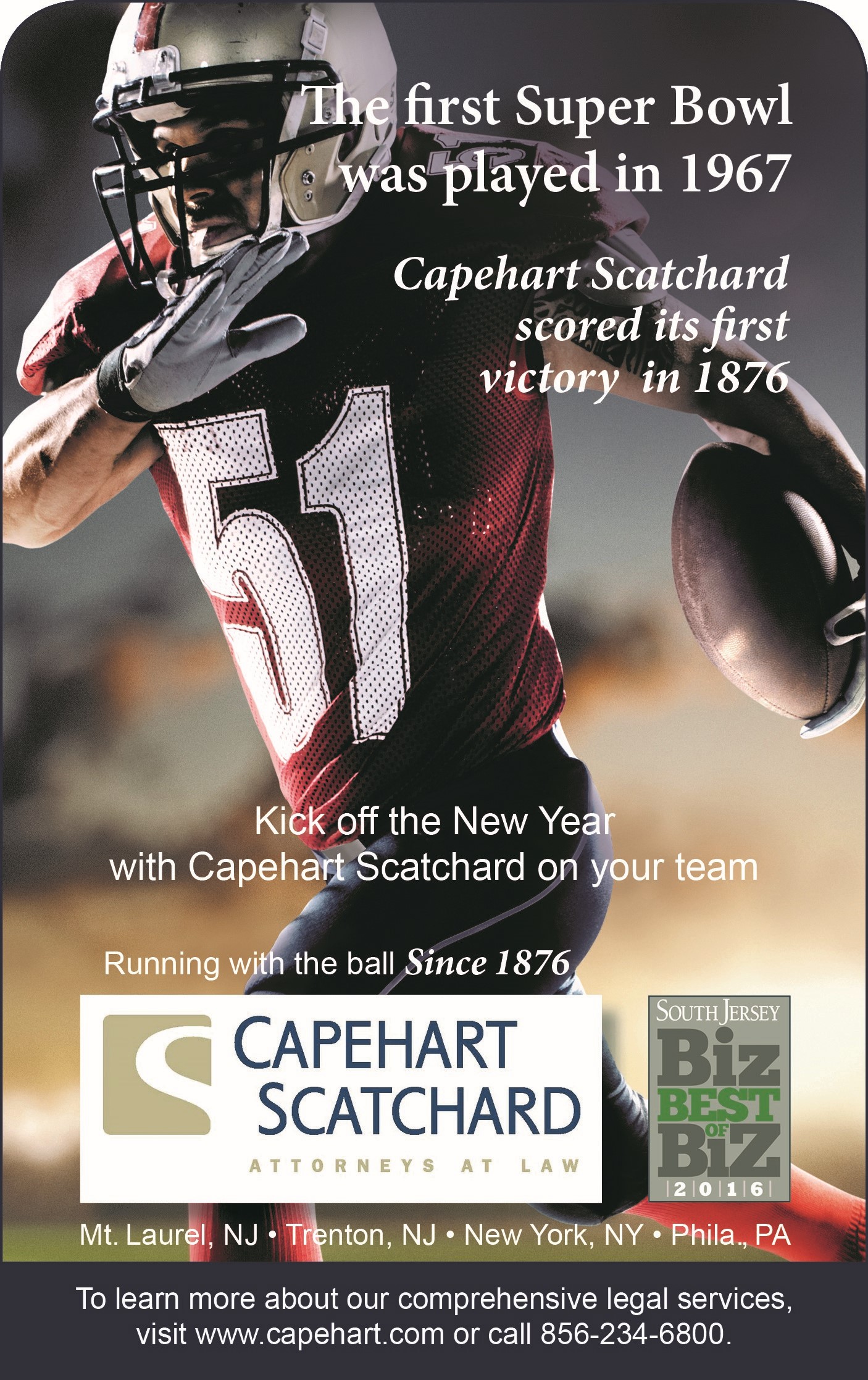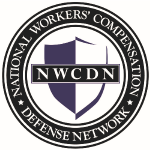Why It Is Important To Understand Legal Causation In Workers’ Compensation
The concept of legal causation is fundamental to master in handling claims. If there is no legal causation, the claim should be dismissed. The claimant must prove an accident which arises from the employment. There must be a work connection. When a case poses a serious issue of legal causation, the most common mistake is to send the injured worker immediately to the doctor for an opinion on causation.
Let me explain this further. Let’s say your case involves an employee whose allegation is that she got up from a chair and felt sudden low back pain, or was walking down the corridor to speak with her supervisor when she felt knee pain, or she put on her coat to leave for home and felt sharp pain in her shoulder. These are examples of normal and routine activities that happen at work (and everywhere else in life) that manage to find their way into workers’ compensation files. What is it that all these scenarios have in common? The answer is the absence of legal causation.
The natural impulse of an adjuster or defense lawyer is to get a medical opinion when a claim is filed. That is how we are trained. That impulse must be resisted when there is no legal causation. Why? Because the doctor is going to advise you in the first instance that rising from the chair caused low back pain, in the second instance that walking down the corridor led to pain from some defect in the knee, and in the third instance that putting on the coat may have caused a tear in a weak shoulder. That is medical causation, not legal causation. Opposing counsel will argue: “Why hasn’t this case been accepted? The doctor says the condition is causally related, right?” A deep hole has been dug, and the defense dug it.
After a certain amount of backtracking on why the doctor’s opinion really doesn’t matter, the defense must eventually argue that there is no legal causation. Secondarily, the defense must concede that the medical opinion was unnecessary as it clearly placed the defense in an awkward position in court. In essence, the defense must contend that there was no accident that arose from the employment. Not everything that happens at work arises from work.
Sometimes it helps to look at issues like this from a different vantage point. Imagine sitting comfortably in your chair on a Sunday afternoon watching a football game. At a commercial break, you get up to get a snack and suddenly feel sharp pain in your back as you come to a standing position. You begin a course of treatment for a severe sprain. Would you argue that home caused your back injury? Of course not. People would laugh at such a suggestion because this could have happened anywhere, arising from a chair in church, at a movie or on a bus. It just so happened that it occurred at home during the Sunday ritual of watching a football game, but home was not the proximate cause of any injury. In workers’ compensation there must be a true work connection between the activity performed and the injury experienced. Mere coincidence does not substitute for causation. In contrast, a chair that breaks while one sits in it certainly would meet the test of an accident.
Claims that lack legal causation happen every day in every state and often become the subject of extensive medical, temporary disability and permanency payments. Some routine activity that we all engage in, like bending to tie one’s shoes, causes pain and leads to treatment, but often the activity is not work connected to begin with. A doctor is consulted and gives an opinion on medical causation, and everyone forgets about the legal causation requirement. The claim gains momentum and the costs mount.
Common sense tells us that if an employee turns to look out the window at work or turns to speak with a colleague and feels a spasm in her neck, this is not a workers’ compensation accident. The neck may need treatment nonetheless. Medically speaking, the action of turning one’s neck can occasionally lead to pain but legally speaking, there is no accident arising from work by just turning to look at a person or a thing. So when you encounter a case like this, the best advice is to stop, analyze the facts, and try not to snatch defeat from the jaws of victory, as the old saying goes.








Connect with Capehart Scatchard